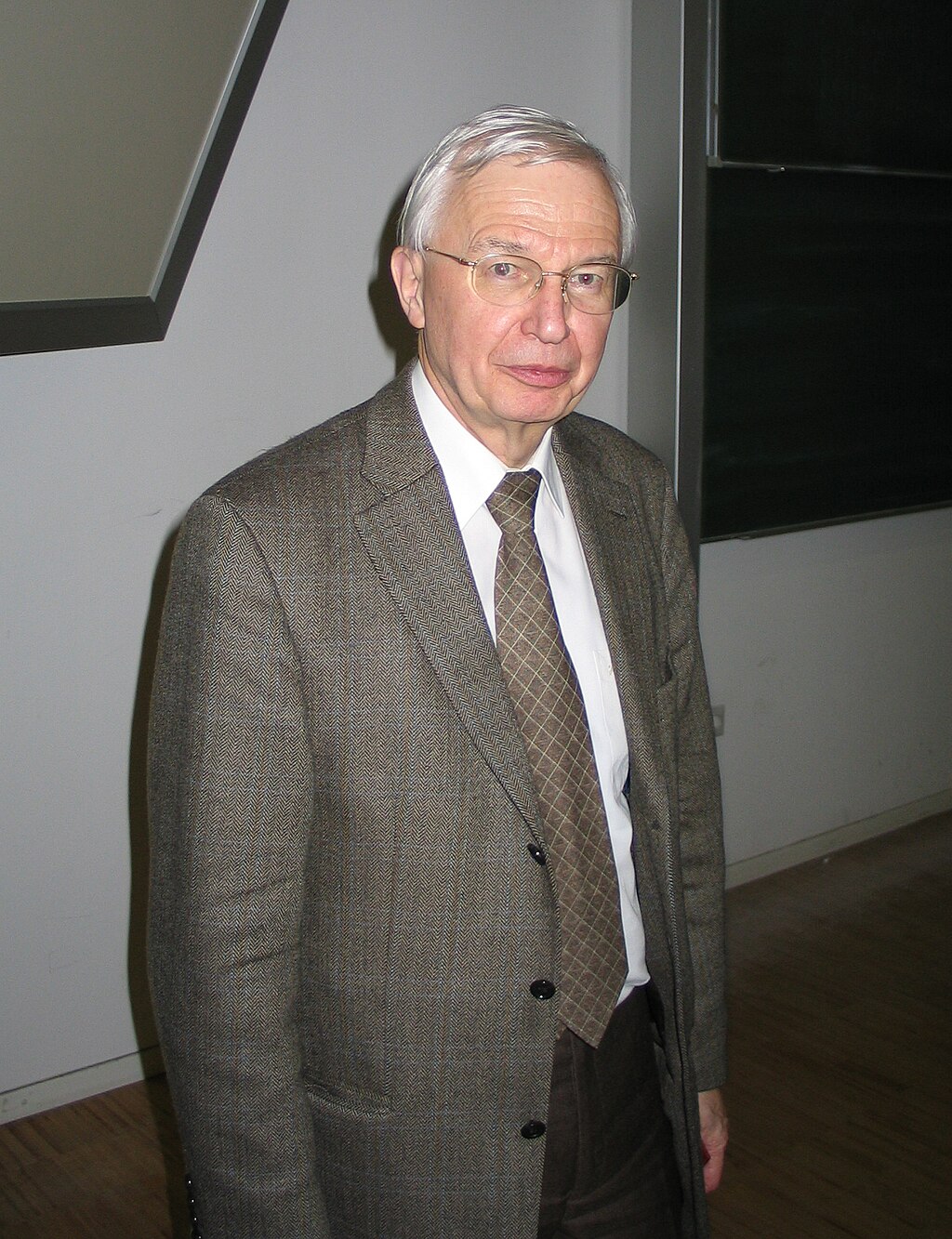Stefano Di Stefano is pleased to invite to the seminar:
STEPS TOWARDS COMPLEX MATTER
From Supramolecular Chemistry Towards Adaptive Chemistry
Jean-Marie LEHN, ISIS, Université de Strasbourg, France, Nobel Prize in Chemistry 1987
The seminar will be held in Aula La Ginestra, Cannizzaro Building (CU014), wednesday 3 december at 11:00 am.
Abstract
Supramolecular chemistry is intrinsically a dynamic chemistry in view of the lability of the interactions connecting the molecular components of a supramolecular species and the resulting ability to exchange components. The same holds for molecular chemistry when the molecular entity contains covalent bonds that may form and break reversibly. These features allow for a continuous change in constitution by reorganization and exchange of building blocks and define a Constitutional Dynamic Chemistry (CDC) covering both the molecular and supramolecular levels.
CDC takes advantage of dynamic diversity to allow variation and selection and operates on dynamic constitutional diversity in response to either internal or external factors to achieve adaptation. It generates networks of dynamically interconverting constituents, constitutional dynamic networks, that may respond to perturbations by physical stimuli or to chemical effectors. Of special interest is the case where the driving force is an increase in organization/order. The implementation of these concepts points to the emergence of adaptive and evolutive chemistry, towards systems of increasing complexity.
Prof. Jean-Marie Lehn, Nobel Prize in Chemistry 1987

Jean-Marie Lehn is a French chemist who received the Nobel Prize in Chemistry together with Donald Cram and Charles Pedersen in 1987 for his synthesis of cryptands.
In 1966, he was appointed a position as maître de conférences (assistant professor) at the Chemistry Department of the University of Strasbourg. His research focused on the physical properties of molecules, synthesizing compounds specifically designed for exhibiting a given property, in order to better understand how that property was related to structure.
In 1968, he achieved the synthesis of cage-like molecules, comprising a cavity inside which another molecule could be lodged. Organic chemistry enabled him to engineer cages with the desired shape, thus only allowing a certain type of molecule to lodge itself in the cage. This was the premise for an entire new field in chemistry, sensors. Such mechanisms also play a great role in molecular biology.
These cryptands, as Lehn dubbed them, became his main center of interest, and led to his definition of a new type of chemistry, "supramolecular chemistry", which instead of studying the bonds inside one molecule, looks at intermolecular attractions, and what would be later called "fragile objects", such as micelles, polymers, or clays.
In 1980, he was elected to become a teacher at the prestigious Collège de France, and in 1987 was awarded the Nobel Prize, alongside Donald Cram and Charles Pedersen for his works on cryptands.
In 1998, he established and directed a research group at the Institute of Nanotechnology at the Karlsruhe Institute of Technology.
He is currently a member of the Reliance Innovation Council which was formed by Reliance Industries Limited, India.
As of 2021, Lehn has an h-index of 154 according to Google Scholar and of 137 (946 documents) according to Scopus.
